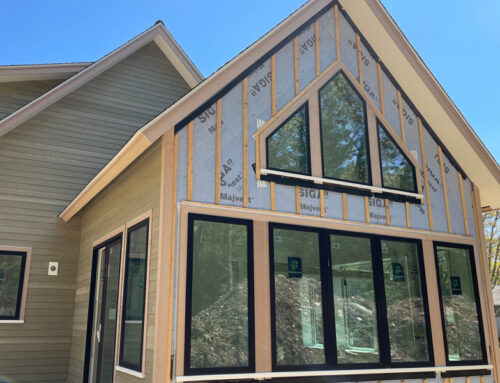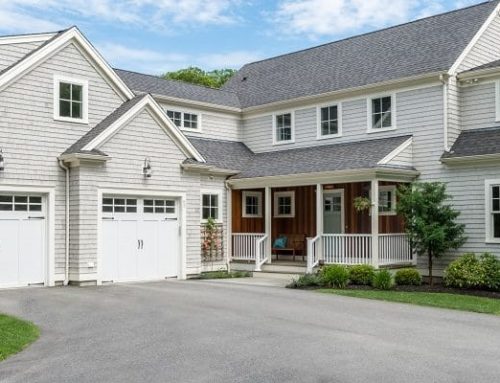Not Your Grandfather’s Deck…
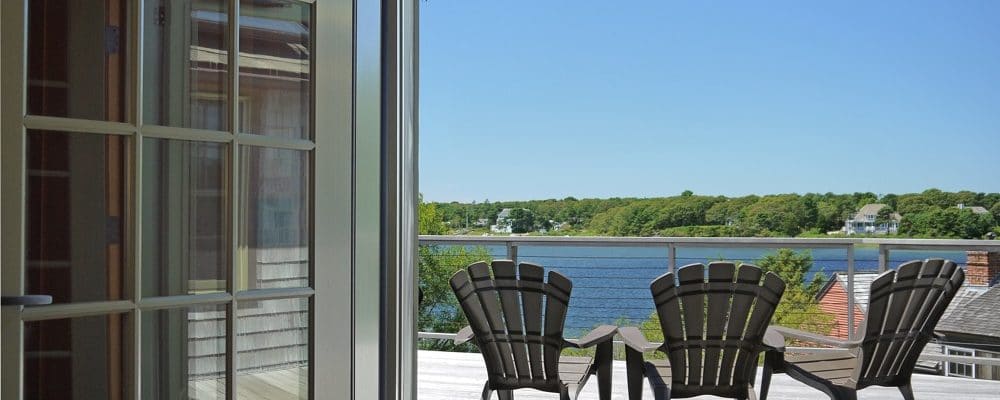
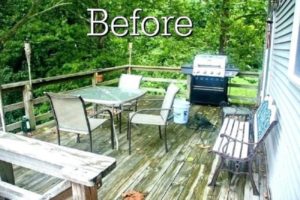
Have you noticed? Gone are the old standard 8’ x 10’ decks – with cast off furniture and your grandfather’s rusty grill in the corner.
The new 3-season decks that have replaced them are versatile, offering additional multi-purpose, living space, perfect for entertaining or perhaps enjoying the quiet solitude of the outdoors. They greatly expand the footprint of the house and add a feeling of spaciousness to the indoor rooms.
When thinking about building your deck, consider what your goals are for the space. Will you use it as a gathering area for family and friends with lots of outdoor seating? Is it important that you have space for that comfortable chaise lounge for reading and relaxing?
There are many things to consider, so let us help you! With over 30 years of experience in home building, we are excited to be your resource and to share our tips and suggestions for creating an outdoor deck that works for you.
Why Build a Deck?
Well, besides the obvious reasons mentioned above, building decks are actually pretty economical on a square foot basis. They add value to the home and when you are ready to sell they are a bonus for buyers!
Deck Material – What to Choose and What to Use
There are different decking materials and you should pick one based on budget, aesthetic, and appetite for maintenance.
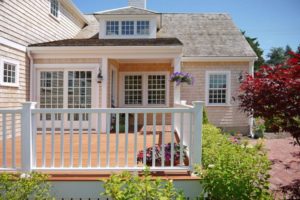
Wood decking materials range from fir or mahogany and pressure treated to exotic hardwoods like Ipe (spelled Ipe, pronounced “ee-pay”) or red cedar. The Ipe and red cedar, although beautiful, are scarcer and costlier than the other types.
All woods require some type of treatment to keep them from weathering and splintering.
Composite materials are a mixture of wood and resins (recycled) and there are dozens of companies and products to choose from. The varieties of style, color and finish are limitless. Typically, composites are more expensive than wood but with no water absorption, warping or fading they require little or no maintenance.

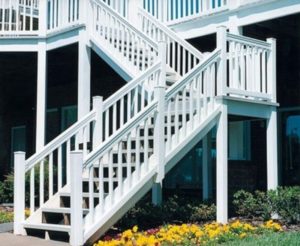
To Rail or Not to Rail
Railings are required by local ordinances based on the height of the deck off the ground. Typically, if there are only one or two steps a rail is not required; higher than that, it is. In either case rails keep people and pets safe inside and can provided the back for a built-in bench or a place to hang planters. A well-designed rail adds a lot aesthetically to the deck and the style should complement the architecture of the home.






